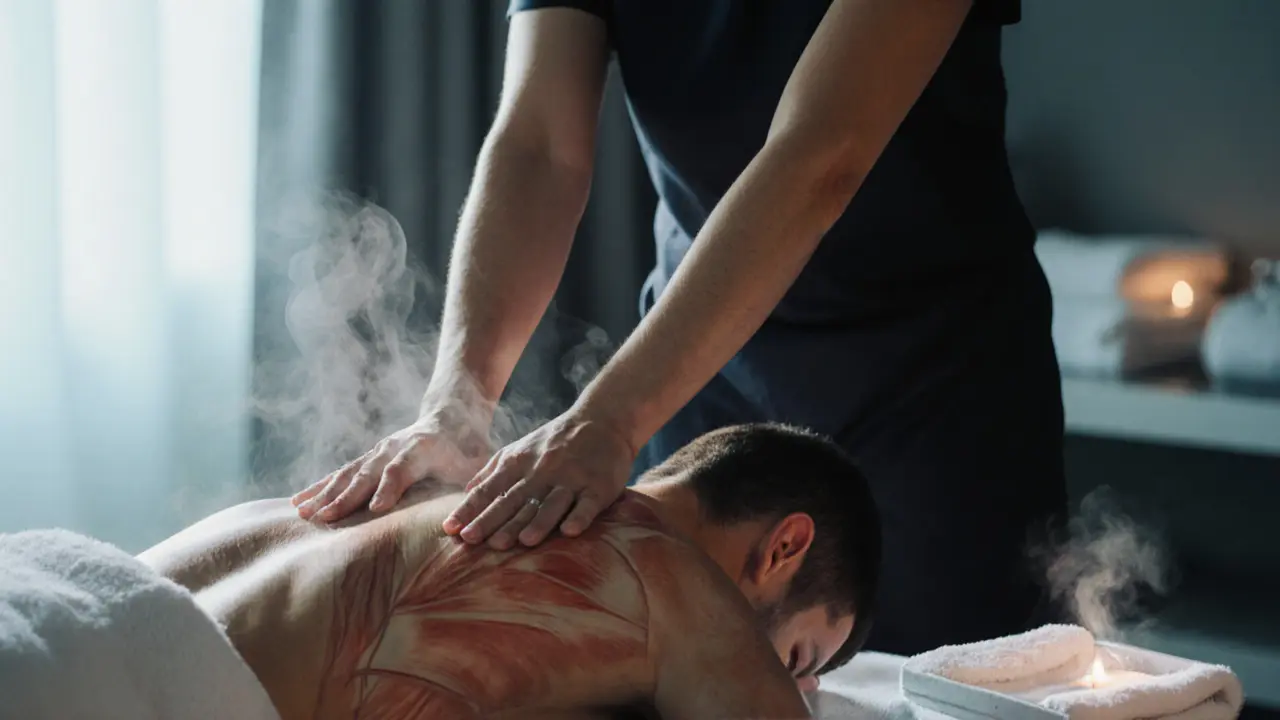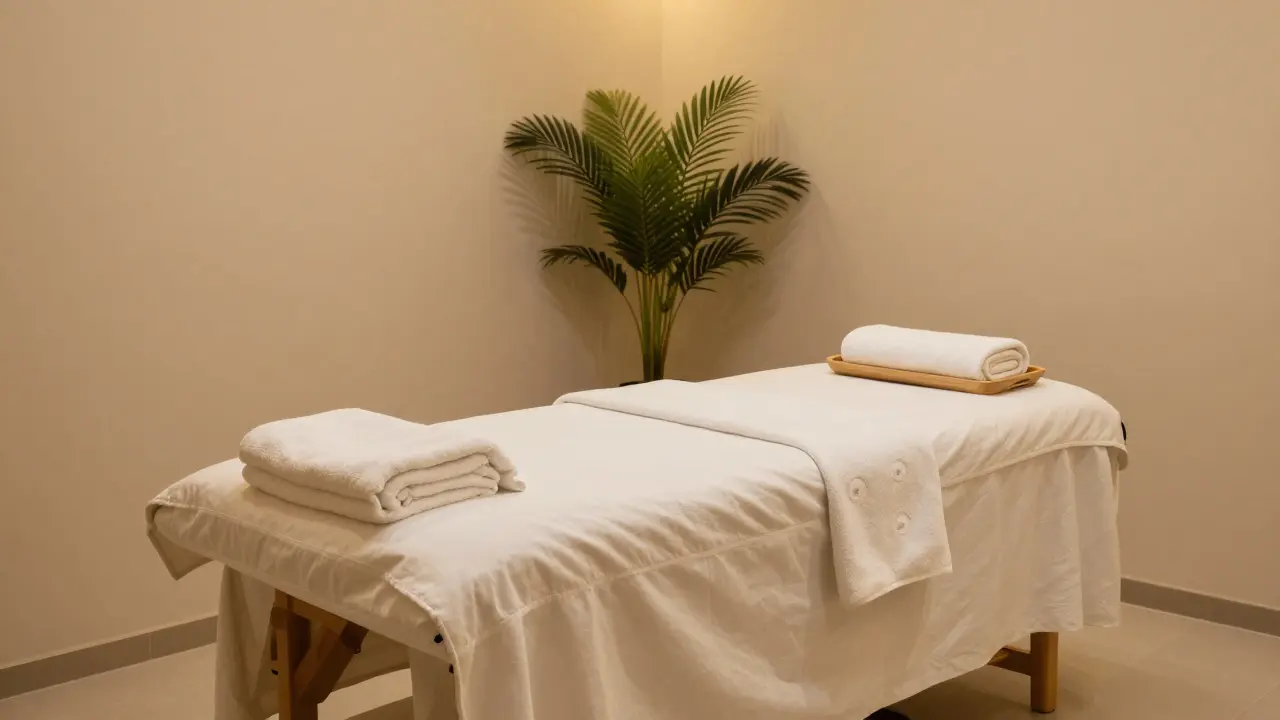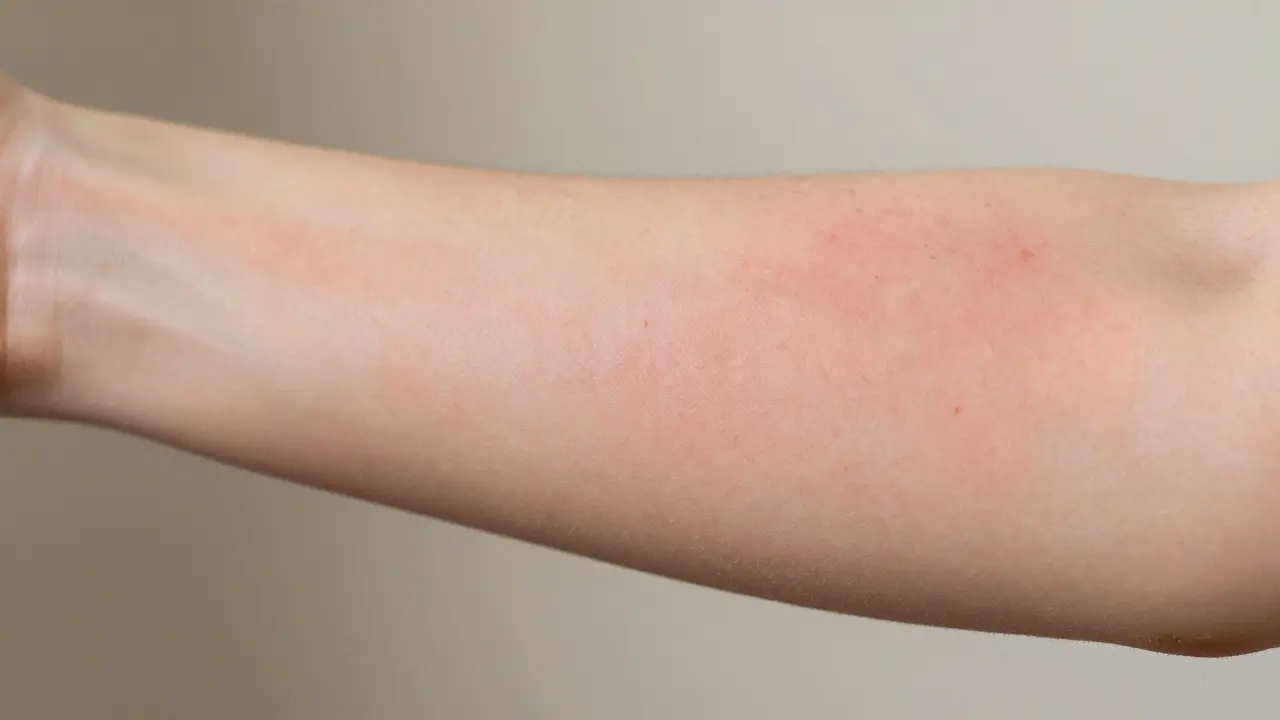Deep Tissue Massage – What It Is and Why It Matters
When you hear Deep Tissue Massage, a therapeutic technique that applies firm pressure to reach deeper muscle layers and fascia. Also known as deep muscle massage, it helps release chronic tension and improve mobility.
Understanding muscle tension, tightness that builds up from stress, overuse or injury is the first step. When that tension creates trigger points, small knots in the muscle that refer pain to other areas, a deep tissue session can target them directly. In short, deep tissue massage targets muscle tension and works on trigger points to restore comfort.
The success of a session hinges on a qualified massage therapist, a trained professional who understands anatomy, pressure techniques, and client safety. A skilled therapist reads your body, adjusts pressure, and ensures the treatment aligns with your goals, whether that’s pain relief, better range of motion, or faster recovery.
Key Benefits You’ll Feel After a Session
First, pain drops. By breaking down adhesions and loosening scar tissue, deep tissue massage reduces chronic aches, especially in the back, shoulders and neck. Second, flexibility improves: the pressure stretches tight fibers, letting joints move more freely. Third, circulation gets a boost, delivering oxygen and nutrients to stressed muscles, which speeds up healing after workouts or injuries.
People also notice a calmer mind. The intense pressure stimulates the nervous system, releasing endorphins that lift mood and lower stress hormones. That mental reset can be just as valuable as the physical relief, especially after a hectic day in Dubai.
If you’re new to deep tissue, start with a shorter session—30 to 45 minutes—to gauge your comfort level. Communicate openly: tell the therapist if pressure feels too intense or if a specific area hurts more than expected. A good practitioner will modify techniques, using slower strokes or focusing on one region at a time.
Safety matters. Deep tissue isn’t right for everyone; avoid it if you have open wounds, recent surgeries, severe osteoporosis, or uncontrolled hypertension. Always reveal medical conditions during the intake form so the therapist can tailor the approach. After the massage, stay hydrated and move gently; that helps flush out toxins released from the muscles.
Now that you know what deep tissue massage involves, what benefits to expect, and how to prepare, you’ll be ready to choose the right session for your needs. Below you’ll find a curated set of articles that dive deeper into related topics—tips for a great spa visit, etiquette, and other treatments that complement deep tissue work. Let’s explore the full range of information to help you get the most out of your next Dubai spa experience.









